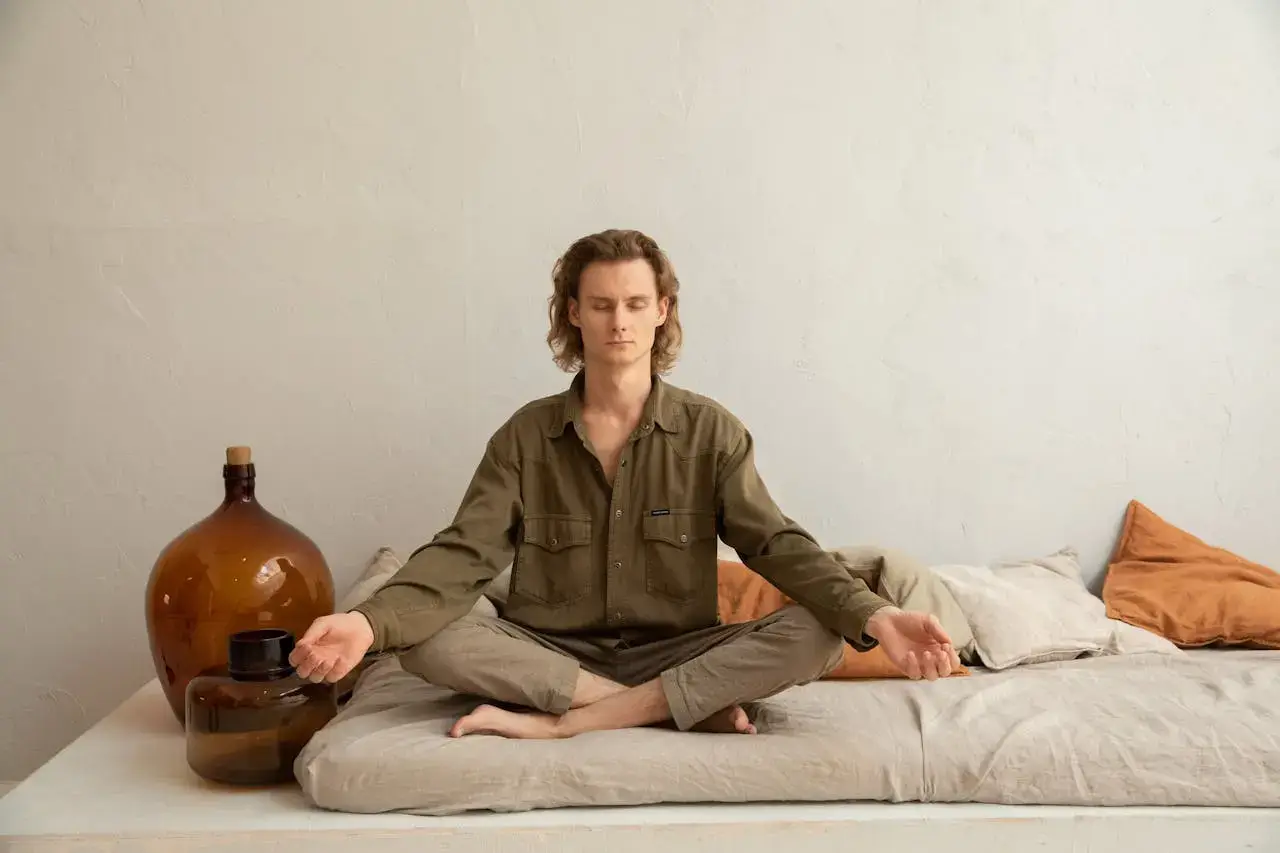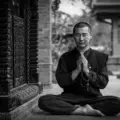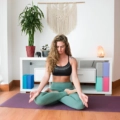Yoga is an ancient practice that has been embraced worldwide for its physical, mental, and spiritual benefits. For beginners, starting a yoga practice can be both exciting and overwhelming. This comprehensive guide aims to demystify yoga, offering a clear path for newcomers to embark on their journey with confidence and ease.
Understanding Yoga
Yoga is a holistic discipline that combines physical postures, breath control, meditation, and ethical principles. Originating in ancient India, it is designed to promote overall well-being. The term “yoga” comes from the Sanskrit word “yuj,” meaning to yoke or unite, reflecting the practice’s goal of harmonizing the mind, body, and spirit.
The Four Main Paths of Yoga
- Karma Yoga (The Path of Action): Focuses on selfless service and doing good deeds without expecting rewards.
- Bhakti Yoga (The Path of Devotion): Centers on devotion to a higher power or divine principle.
- Jnana Yoga (The Path of Knowledge): Involves deep study, contemplation, and the pursuit of wisdom.
- Raja Yoga (The Path of Meditation): Emphasizes meditation and mental control, often associated with Patanjali’s Yoga Sutras.
Getting Started: What You Need to Know
1. Choosing the Right Style:
Yoga encompasses various styles, each with unique emphases:
- Hatha Yoga: A gentle introduction to the most basic postures.
- Vinyasa Yoga: Focuses on linking breath with movement in a flowing sequence.
- Ashtanga Yoga: A rigorous style with a set sequence of postures.
- Iyengar Yoga: Emphasizes alignment and uses props to assist in achieving proper posture.
- Kundalini Yoga: Combines postures, breathwork, and chanting to awaken spiritual energy.
2. Finding a Class:
For beginners, joining a class can provide structure and guidance. Look for classes labeled as “Beginner,” “Introductory,” or “Level 1.” Many studios offer free introductory classes or online resources.
3. Essential Gear:
While yoga can be practiced with minimal equipment, a few basics will enhance your experience:
- Yoga Mat: Provides cushioning and grip.
- Comfortable Clothing: Wear stretchy, breathable fabrics that allow freedom of movement.
- Props: Blocks, straps, and bolsters can aid in achieving correct postures, especially for beginners.
Basic Postures and Sequences
1. Key Postures:
Start with foundational postures to build strength and flexibility:
- Mountain Pose (Tadasana): The basic standing pose that improves posture and balance.
- Downward-Facing Dog (Adho Mukha Svanasana): A full-body stretch that strengthens arms, legs, and back.
- Warrior I (Virabhadrasana I): A powerful pose that builds strength and stability in the legs and core.
- Tree Pose (Vrksasana): Enhances balance and concentration.
- Child’s Pose (Balasana): A resting pose that gently stretches the back and hips.
2. Basic Sequences:
A simple beginner sequence might include:
- Warm-Up: Start with gentle stretches and breathwork to prepare your body.
- Standing Poses: Include poses like Warrior I and II, and Triangle Pose (Trikonasana) to build strength and flexibility.
- Balance Poses: Incorporate poses like Tree Pose to improve coordination.
- Cool Down: Finish with seated stretches and a few minutes in Savasana (Corpse Pose) for relaxation.
Breathwork and Meditation
1. Pranayama (Breath Control):
Breath control is integral to practice:
- Ujjayi Breath: Involves a slight constriction of the throat, creating a soothing sound that helps focus the mind.
- Box Breathing: Involves inhaling, holding, exhaling, and holding the breath for equal counts, promoting relaxation.
2. Meditation:
Incorporate short meditation sessions to cultivate mindfulness:
- Guided Meditation: Use apps or online resources to follow guided sessions.
- Mindfulness Practice: Focus on your breath or a mantra to develop concentration.
Safety and Tips for Beginners
- Listen to Your Body:
It should never cause pain. If you experience discomfort, adjust your pose or consult your instructor for modifications. Remember, it’s more about progress than perfection.
- Consistency Over Intensity:
Regular practice, even if it’s just a few minutes a day, is more beneficial than sporadic intense sessions. Aim for consistency to build habits and see progress.
- Set Realistic Goals:
Start with achievable goals and gradually increase the complexity of your practice. Celebrate small milestones to stay motivated.
- Stay Hydrated and Nourished:
Drink water before and after your practice and maintain a balanced diet to support your overall health and energy levels.
Conclusion
Starting a yoga practice can be a transformative experience, offering physical strength, mental clarity, and spiritual insight. By understanding the basics, choosing the right style, and approaching the practice with patience and mindfulness, beginners can embark on a rewarding journey toward holistic well-being. Remember, it is not about reaching a destination but enjoying the process and discovering yourself along the way.



